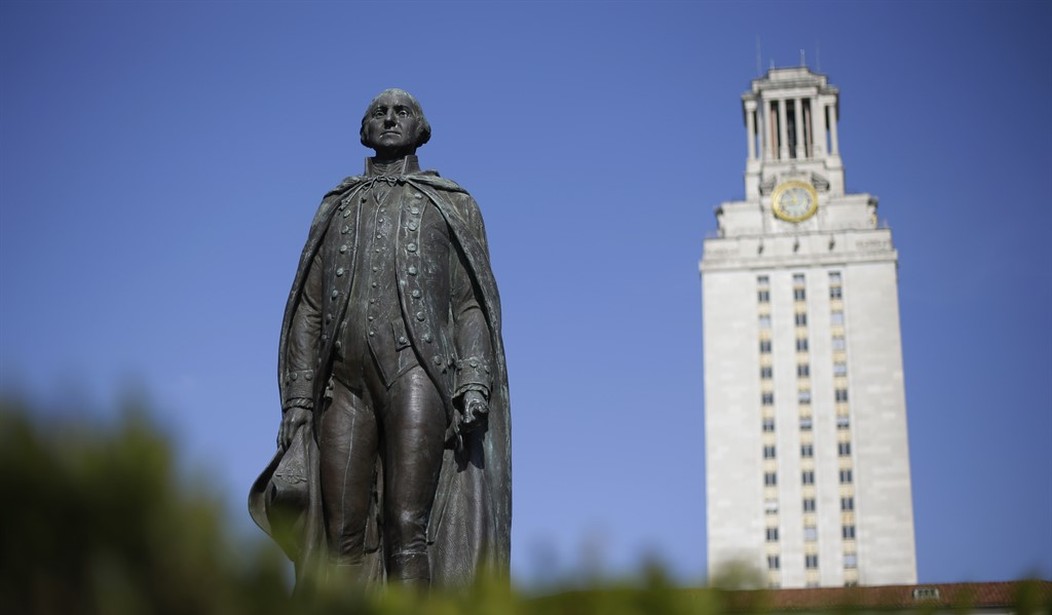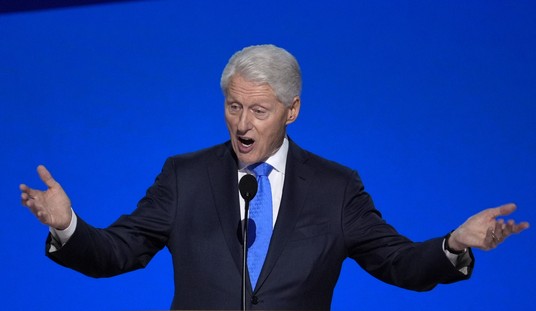A revealing article was published today at City Journal. Author John Sailer spells out, using internal documents, how DEI bureaucrats are effectively in charge of university hiring decisions. They do it by controlling the pool of applicants and making sure it is diverse enough, not just initially but at every stage along the way. In effect, less qualified candidates are being given an extra opportunity to make sure their racial group is properly represented.
In early 2021, Carma Gorman, an art history professor at the University of Texas at Austin and the designated “diversity advocate” for a faculty search committee, emailed John Yancey, the College of Fine Arts’ associate dean of diversity, seeking approval to proceed with a job search.
“I wanted to make sure that the demographics of our pool pass muster,” Gorman wrote. She noted that 21 percent of applicants were from underrepresented minority groups, with another 28 percent self-identifying as Asian.
“The 21% is enough to move forward,” Yancey replied, but he cautioned that concerns could arise depending on how the applicant pool was narrowed. “If 20 of the 23 URM applicants are dropped in the early cut,” he wrote, “then things don’t look good anymore.”
In a separate document, Gorman explained how the hiring process worked.
“Once we’ve sorted everyone into Qualified and Unqualified groups,” Gorman wrote of the first stage in the search process, the committee would ask an administrator to “check the demographic characteristics” of the initial cut. “If it is a diverse enough group to merit moving forward with the search, fantastic!” But if the pool was deemed insufficiently diverse, the committee would revisit candidates from underrepresented groups who were initially considered unqualified, expand job advertising, or simply “cancel the search entirely.” This step would be repeated for both the shortlist and the finalist slate.
Sailer has gathered documents showing at least a dozen universities are using some version of this process. For instance at the University of Illinois at Urbana-Champaign:
At UIUC, this scrutiny of race and sex would continue right up to the selection of finalists. Deans would review a “diversity of the pool report” for semifinalist and finalist slates. If the makeup was deemed “sufficient,” then search committees could proceed with interviews; if the pool was deemed “insufficient,” the college would “contact the executive officer and search chair to discuss options within 1-2 business days.”
So, to put it bluntly, if there aren't enough black and HIspanic candidates in the qualified group, then the committee has to pull some of the unqualified candidates forward to make it equitable. If they can't do this they have to advertise more to find qualified candidates or just give up. And this process then repeats at least two more times. The shortlist has to be diverse and the same with the finalists. Merit is secondary to race at every step in this process. And if only white or Asian people are qualified to make the shortlist then the entire search may need to be stopped. And that may be where the real power in this scheme lies.
Pools of candidates deemed insufficiently diverse can be shut down. That gives an incentive to come up with new ways to find minority candidates qualified and white or Asian candidates not qualified. One way to do this would be to force everyone applying for a job to fill out a DEI statement expressing their commitment to equity. This is a way to downrate white and Asian candidates who aren't considered as committed to the cause and effectively given minority candidates a leg up.
Schools, even some with a longstanding DEI commitments, have been moving away from mandatory DEI statements. As one Harvard law professor wrote last year:
Playing ball entails affirming that the DEI bureaucracy is a good thing and asking no questions that challenge it, all the while making sure to use in one’s attestations the easy-to-parody DEI lingo. It does not take much discernment to see, moreover, that the diversity statement regime leans heavily and tendentiously towards varieties of academic leftism and implicitly discourages candidates who harbor ideologically conservative dispositions...
By overreaching, by resorting to compulsion, by forcing people to toe a political line, by imposing ideological litmus tests, by incentivizing insincerity, and by creating a circular mode of discourse that is seemingly impervious to self-questioning, the current DEI regime is discrediting itself.
It would be great if that kind of common sense was more common but the story today suggests it is not. Despite laws which outlaw affirmative action and this exact kind of bean counting by race, many colleges are still doing it. It's probably going to take a few successful and costly lawsuits before some of these universities put a stop to it.







